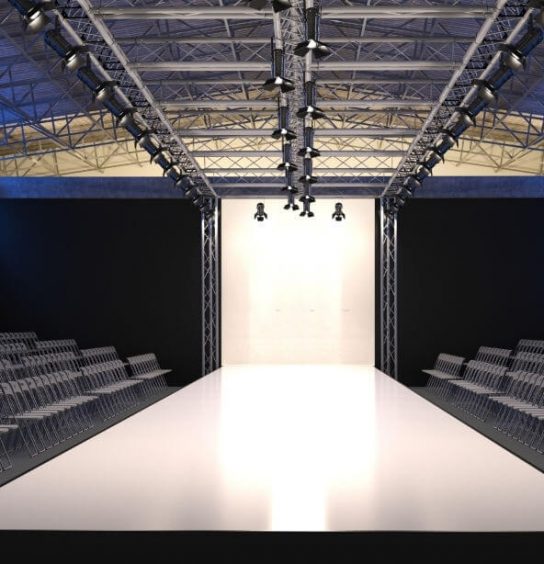Design your Catwalk Stage
Home
Runway Stage
Your Project Runway: Design your Catwalk Stage
Runway Length
Le design joue un rôle crucial dans le succès des événements organisés par les casinos en ligne, notamment ceux impliquant des podiums. Qu’il s’agisse d’une finale de tournoi ou d’un événement promotionnel, le podium constitue un point central qui rehausse l’enthousiasme et le prestige de l’occasion. Pour les casinos en ligne, où l’environnement virtuel doit reproduire l’attrait des espaces physiques, la conception de ces podiums devient encore plus importante. Dans le domaine des jeux de hasard en ligne, où la compétition et le spectacle sont les principaux moteurs, un podium bien conçu non seulement met en valeur les gagnants, mais amplifie également la marque du casino comme https://topcasinosuisse.com/casinos/777/. Des éléments visuels tels que des graphismes élégants, des fonctionnalités interactives et des thèmes personnalisables contribuent à créer une expérience mémorable pour les joueurs et les spectateurs. Cette stratégie de conception va au-delà de l’esthétique ; il renforce l’identité du casino et renforce sa relation avec son public. De plus, la conception des podiums dans les casinos en ligne va au-delà des simples visuels. Il englobe des considérations sur l’interface utilisateur qui garantissent une interaction transparente lors des diffusions en direct ou des cérémonies virtuelles. Des éléments tels que les mises à jour en temps réel, les fonctionnalités de chat intégrées et les animations attrayantes jouent un rôle essentiel dans le maintien de l’engagement du public et l’amélioration de l’atmosphère globale de l’événement.

